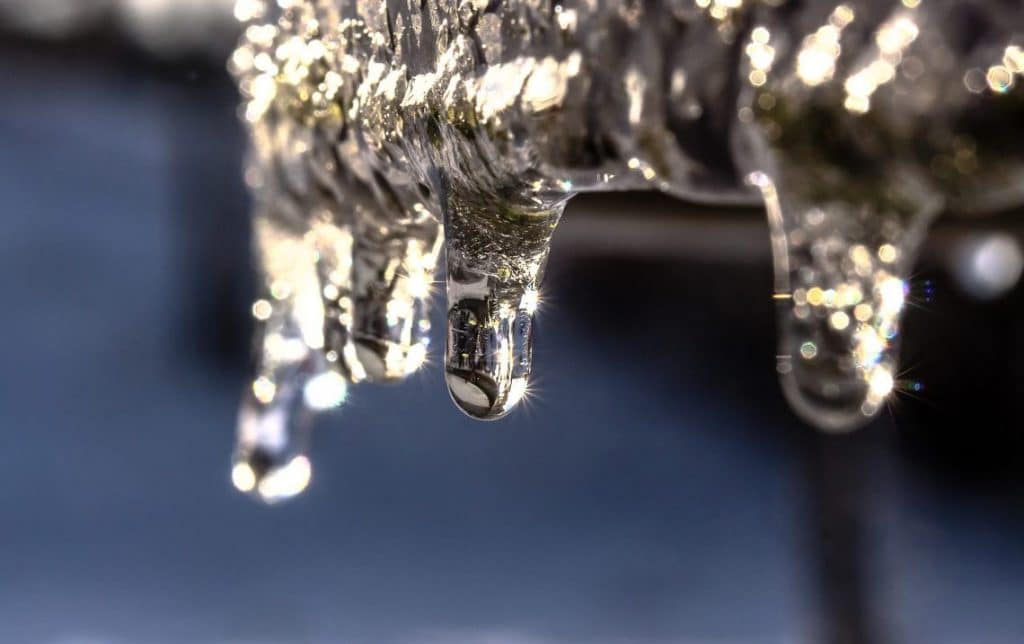Avoiding Frozen Plumbing in Cold Weather: Pro Advice
Avoiding Frozen Plumbing in Cold Weather: Pro Advice
Blog Article
We have noticed this article on Helpful Tips to Prevent Frozen Pipes this Winter below on the net and reckoned it made sense to share it with you on this page.

Cold weather can ruin your plumbing, especially by freezing pipelines. Right here's just how to stop it from happening and what to do if it does.
Introduction
As temperatures drop, the risk of icy pipes increases, possibly bring about costly fixings and water damage. Understanding exactly how to stop frozen pipes is crucial for home owners in cold climates.
Avoidance Tips
Shielding prone pipes
Wrap pipelines in insulation sleeves or use heat tape to secure them from freezing temperature levels. Concentrate on pipes in unheated or exterior locations of the home.
Home heating methods
Maintain interior rooms appropriately warmed, particularly locations with plumbing. Open up cupboard doors to allow cozy air to distribute around pipelines under sinks.
How to identify frozen pipelines
Seek lowered water flow from taps, uncommon odors or sounds from pipes, and noticeable frost on subjected pipes.
Long-Term Solutions
Structural adjustments
Consider rerouting pipes away from exterior walls or unheated locations. Include added insulation to attic rooms, cellars, and crawl spaces.
Updating insulation
Purchase high-quality insulation for pipelines, attic rooms, and walls. Correct insulation assists maintain constant temperatures and lowers the risk of icy pipes.
Securing Outdoor Pipes
Yard hoses and outside taps
Separate and drain garden pipes prior to winter. Set up frost-proof spigots or cover outside taps with shielded caps.
Recognizing Icy Pipelines
What creates pipelines to ice up?
Pipelines ice up when exposed to temperatures listed below 32 ° F (0 ° C) for expanded durations. As water inside the pipes freezes, it broadens, taxing the pipe walls and possibly triggering them to rupture.
Risks and problems
Frozen pipelines can bring about water supply disruptions, building damages, and costly fixings. Burst pipelines can flooding homes and trigger comprehensive architectural damage.
Indicators of Frozen Pipeline
Identifying frozen pipelines early can prevent them from bursting.
What to Do If Your Pipelines Freeze
Immediate actions to take
If you presume frozen pipes, maintain taps available to ease pressure as the ice thaws. Make use of a hairdryer or towels taken in hot water to thaw pipes gradually.
Final thought
Preventing icy pipes calls for positive measures and fast responses. By recognizing the causes, indicators, and preventive measures, home owners can safeguard their pipes during winter.
5 Ways to Prevent Frozen Pipes
Drain Outdoor Faucets and Disconnect Hoses
First, close the shut-off valve that controls the flow of water in the pipe to your outdoor faucet. Then, head outside to disconnect and drain your hose and open the outdoor faucet to allow the water to completely drain out of the line. Turn off the faucet when done. Finally, head back to the shut-off valve and drain the remaining water inside the pipe into a bucket or container. Additionally, if you have a home irrigation system, you should consider hiring an expert to clear the system of water each year.
Insulate Pipes
One of the best and most cost-effective methods for preventing frozen water pipes is to wrap your pipes with insulation. This is especially important for areas in your home that aren’t exposed to heat, such as an attic. We suggest using foam sleeves, which can typically be found at your local hardware store.
Keep Heat Running at 65
Your pipes are located inside your walls, and the temperature there is much colder than the rest of the house. To prevent your pipes from freezing, The Insurance Information Institute suggests that you keep your home heated to at least 65 degrees, even when traveling. You may want to invest in smart devices that can keep an eye on the temperature in your home while you’re away.
Leave Water Dripping
Moving water — even a small trickle — can prevent ice from forming inside your pipes. When freezing temps are imminent, start a drip of water from all faucets that serve exposed pipes. Leaving a few faucets running will also help relieve pressure inside the pipes and help prevent a rupture if the water inside freezes.
Open Cupboard Doors
Warm your kitchen and bathroom pipes by opening cupboards and vanities. You should also leave your interior doors ajar to help warm air circulate evenly throughout your home.

I recently found that piece of writing about How to Prevent Your Pipes From Freezing while doing a lookup on the search engines. Sharing is caring. Who knows, you might be helping someone out. I truly appreciate reading our article about 6 Ways to Prevent Frozen Pipes.
Get Offer Report this page